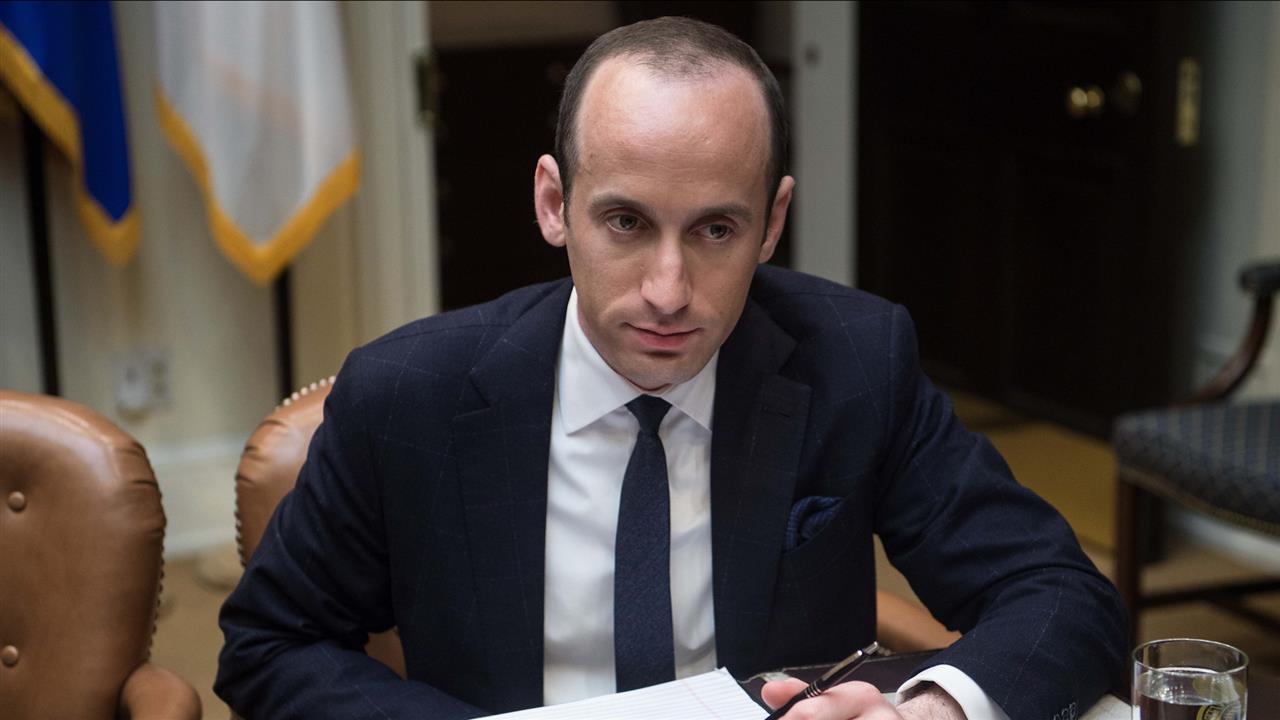Analyzing Trump's Criticism Of Biden: Policy Differences And Rhetorical Strategies

Table of Contents
Key Policy Differences Fueling Trump's Criticism
The foundation of Trump's criticism of Biden lies in significant policy disagreements across various sectors. These differences aren't simply minor disagreements; they represent fundamentally opposing visions for the country's future.
Economic Policy: Trump's Economic Critique vs. Biden's Economic Agenda
Trump consistently criticizes Biden's economic policies, primarily focusing on issues of inflation, government spending, and taxation.
- Inflation: Trump frequently blames Biden's spending policies for fueling inflation, arguing that increased government spending increases demand without a corresponding increase in supply.
- Government Spending: He criticizes Biden's infrastructure plan and other social spending initiatives as wasteful and fiscally irresponsible.
- Tax Policies: Trump contrasts his own tax cuts with Biden's proposed tax increases on corporations and high-income earners, arguing that Biden's policies stifle economic growth.
Conversely, Biden's administration defends its economic policies by arguing that investments in infrastructure and social programs are necessary for long-term economic growth and social equity. They also point to factors beyond their control, like global supply chain disruptions, as contributing to inflation. This policy divergence forms a core element of Trump's ongoing attacks.
Foreign Policy: Trump's Foreign Policy Criticism and Biden's International Relations
Trump's attacks on Biden's foreign policy are equally forceful, focusing on several key areas.
- Withdrawal from Afghanistan: Trump heavily criticizes the Biden administration's handling of the withdrawal of troops from Afghanistan, labeling it chaotic and damaging to American prestige.
- Relations with China: He frequently accuses Biden of being too lenient on China, failing to adequately address trade imbalances and human rights concerns.
- Russia: Trump's criticism extends to Biden's approach towards Russia, often accusing him of being weak on Russia and failing to adequately counter Russian aggression.
Biden's administration, in contrast, defends its foreign policy decisions by highlighting the need for a more multilateral approach, emphasizing diplomacy and international cooperation, and arguing that the previous administration's policies were ineffective. This geopolitical strategy clash provides fertile ground for Trump's ongoing criticism.
Social Issues: The Social Policy Debate and Trump's Attacks on Biden's Social Agenda
Trump's criticism also extends to Biden's stances on a range of social issues, creating significant cultural clashes.
- Immigration: Trump criticizes Biden's immigration policies as lax and detrimental to border security, frequently highlighting the issue of illegal immigration.
- Abortion: He strongly opposes Biden's support for abortion rights, framing it as a moral issue.
- Gun Control: Trump opposes Biden's advocacy for stricter gun control measures, arguing that it infringes on Second Amendment rights.
Biden's administration counters these criticisms by advocating for comprehensive immigration reform, defending a woman's right to choose, and emphasizing the need to reduce gun violence through reasonable regulation. These social policy differences fuel much of the ongoing political debate.
Rhetorical Strategies Employed by Trump
Beyond the policy disagreements, Trump employs a range of sophisticated rhetorical strategies to amplify his criticism.
Use of Language and Framing: Trump's Communication Style and Rhetorical Devices
Trump's choice of language is a key component of his rhetorical strategy. He utilizes:
- Nicknames: The use of nicknames, like "Sleepy Joe," aims to diminish Biden's authority and appeal to emotions rather than reason.
- Inflammatory Language: The consistent use of charged and emotionally evocative language serves to heighten the intensity of his attacks.
- Exaggeration and Hyperbole: Trump frequently employs exaggeration and hyperbole to emphasize his points, often distorting the reality of situations.
This discourse analysis reveals a deliberate attempt to shape public perception through emotional appeals.
Targeting Specific Audiences: Political Messaging and Audience Segmentation
Trump carefully tailors his criticism to resonate with specific audiences.
- Base Voters: He employs strong, emotionally charged rhetoric to reinforce the convictions of his base voters, solidifying their support.
- Undecided Voters: He attempts to sway undecided voters by focusing on specific policy concerns or using more moderate language depending on the audience.
This audience segmentation is a crucial element of his political messaging.
Use of Social Media and Traditional Media: Media Strategy and Political Communication Channels
Trump leverages both traditional and social media to disseminate his criticism.
- Social Media: He uses platforms like Twitter (now X) and Truth Social to directly communicate with his supporters, bypassing traditional media filters.
- Traditional Media: He also uses interviews and rallies to reach a wider audience through traditional media outlets.
This multifaceted media strategy is vital to the dissemination of his message.
Conclusion: Synthesizing Trump's Criticism of Biden
Trump's criticism of Biden stems from profound policy disagreements on economic management, foreign policy approaches, and social issues. These disagreements are amplified through a calculated use of rhetoric, including inflammatory language, targeted messaging to specific audiences, and a sophisticated media strategy. The effectiveness of his criticism remains a subject of ongoing debate, but it undoubtedly plays a significant role in shaping the political narrative. Further analysis of Trump's criticism of Biden is crucial for understanding the Trump-Biden dynamic and the broader political climate. We encourage you to delve deeper into the policy differences and rhetorical strategies discussed to gain a more comprehensive understanding of this critical aspect of contemporary American politics.

Featured Posts
-
 Ufc 314 Paddy Pimblett Names Ilia Topuria As Top Contender
May 15, 2025
Ufc 314 Paddy Pimblett Names Ilia Topuria As Top Contender
May 15, 2025 -
 Leafs Gritty 2 1 Win Against Avalanche
May 15, 2025
Leafs Gritty 2 1 Win Against Avalanche
May 15, 2025 -
 10 Run Inning Doesnt Dim Padres Bullpens Positive Outlook Tom Krasovic San Diego Union Tribune
May 15, 2025
10 Run Inning Doesnt Dim Padres Bullpens Positive Outlook Tom Krasovic San Diego Union Tribune
May 15, 2025 -
 Gsw Campus Incident Individual Apprehended All Clear Signal
May 15, 2025
Gsw Campus Incident Individual Apprehended All Clear Signal
May 15, 2025 -
 Key Advisors Secure Major Us Deal For China
May 15, 2025
Key Advisors Secure Major Us Deal For China
May 15, 2025
